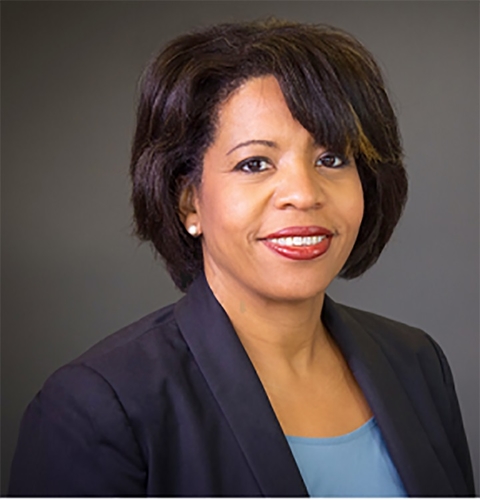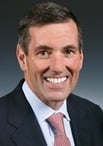Your company has probably undertaken a variety of efforts to foster diversity and inclusion, but have you considered creating an executive-level role that focuses solely on those issues?
If not, perhaps you should. Maria Hughes, who ascended to the newly created role of chief diversity and inclusion officer at Humana in late 2017, explains why in an interview with FierceHealthcare.

Having someone in an executive role focused on those issues, Hughes says, can give an organization a leg up in the competition for top talent.
“Today, even more than ever, inclusion and diversity is very important—it’s a hot topic in society,” she says.
“So if we think about recruiting top talent and retaining our talent, having someone at a senior level that wakes up every single day thinking about inclusion and diversity ... definitely sends the right message to [that] talent.”
RELATED: Boston Medical Center's secret to retaining support staff
Hughes also says having someone in a role like hers can help drive the key diversity and inclusion initiatives that an organization wants to execute.
And she’s uniquely situated to make the business case for such efforts, since her background is in sales and operational roles—and Ford Motors and Humana, respectively—rather than in human resources.
“I do bring that, I would say, business experience and that business insight that can help connect inclusion and diversity to driving business outcomes,” Hughes says.
What the role entails
According to Hughes, one of the main functions of her job is to set the strategy and vision for inclusion and diversity at Humana—a feat she accomplishes by working closely with all levels of the organization.
And to put that strategy into practice, Hughes helps manage a variety of initiatives. One is a concept called mentoring circles, which the insurer launched last year.
“As opposed to one-on-one mentoring, it’s one [mentor] to many,” she explains. In other words, a senior leader mentors roughly 12 to 14 “high-potential” employees at one time. This initiative, Hughes says, exposes Humana’s leaders to top talent and, in turn, helps educate those employees on business strategy and connect them to thought leaders both in and outside of the company.
RELATED: Physicians with disabilities are underrepresented, says one wheelchair-bound doctor
Another key initiative that Hughes manages is what Humana calls “network resource groups.” These voluntary, employee-led groups focus on developing future leaders and getting involved in local communities through activities such as volunteering. They also help Humana understand the uniqueness of the communities they represent.
There are approximately eight of these groups throughout Humana, representing communities including women, people with disabilities and African-Americans. In fact, Hughes founded the African-American resource group at the company 10 years ago. “This role has kind of come full circle for me,” she says.
Measuring success
With measurement all the rage in healthcare these days, it only stands to reason that Humana has found ways to quantify whether its inclusion and diversity efforts are making headway.
One of those, the “inclusion index,” looks at the culture in the organization. As part of a larger engagement survey, Humana asks its employees four questions every year about their perception of inclusion at the organization.
RELATED: 4 policy recommendations to address barriers women physicians of color face in U.S. healthcare
The insurer then presents its leaders with reports about how their teams responded and asks those leaders to create action plans for improvement if the results of the questionnaire identify any issues.
Humana also creates quarterly score cards at both the company level and for each business unit level that identifies key demographics of the organization—for example, the percent of women who are directors or vice presidents. Through this tactic, Hughes says, the insurer can assess a key metric: representation.
Advice for other organizations
For those convinced that they need a chief diversity and inclusion officer at their own companies, Hughes says one of the keys to making it work is to secure support from senior leadership.

At Humana, Hughes notes, she works closely with the company’s inclusion and diversity council, which is chaired by CEO Bruce Broussard and includes seven of his direct reports.
That helps keep those at the highest levels engaged in the efforts she’s leading.
“As I like to say, it’s not a party of one—I need the entire organization to execute the strategy and ensure that it becomes really what we do and built into the fabric of the company,” Hughes says.
She also suggests homing in on 3 to 4 initiatives that are the most important—in other words, ones that will have the most impact throughout the company.
That is especially key, Hughes says, because “it’s a role where you can easily get pulled in several different ways.”